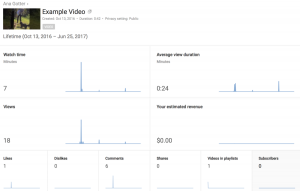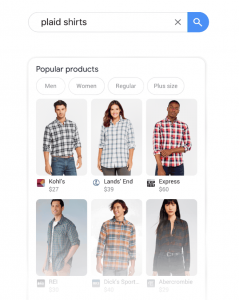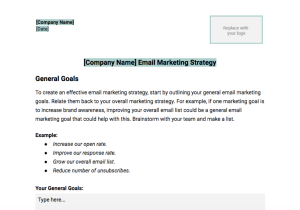Russ Ketchum, product director of Google Analytics, addresses some of the complaints about GA4 and looks at what changes are coming.
There are a lot of complaints about Google Analytics 4 (GA4). Some of these — the UI, for example — are based on users’ experience. Others are based on perception or “what I’ve heard is…”
Those are the subject of the final installment of our three-part series of conversations about Google GA4 with Russ Ketchum, product director of Google Analytics. (The first two parts were about how to recreate Universal Analytics’ reports and how to use the UA 360 features in GA4.) He also gives us a peek at upcoming GA4 developments. (Interview edited for clarity and length.)
Q: The first one is, GA4 doesn’t do as much as Universal Analytics.
A: Your ability to combine web and app data at scale was impossible in UA. Different use cases have different scalability needs. So GA4 scales in multiple different ways to best suit real-world businesses. At the same time, it’s important to keep in mind that GA4 is built for a different and rapidly changing measurement ecosystem — and has to scale in relation to new privacy expectations and regulations and to provide businesses with more value with advanced functionalities, such as data-driven attribution as the default.
Q: OK, next is that GA4 is only for analytical experts and big businesses.
A: By design, this is not the case. But, of course, there has been feedback tied to this and we take that very seriously and have really dug in to understand how we can shift this perception. There are a couple of things in particular I’d like to address,
The first is that businesses’ impression of GA4 is heavily informed by when they started using it. We knew this was going to be a balancing act: Get real feedback at scale versus the shampoo slogan, “You only get one chance to make a first impression.” I’ve always been a huge proponent of launching early and iterating quickly, especially when you’re not iterating on something that’s in the critical path. For some early adopters testing GA4 alongside UA, the product gaps we hadn’t filled yet left a lasting impression. It was also very technical at the start and less approachable for many marketers and business owners.
There’s more I could mention but for the sake of time, I’ll pick what I think is one of the bigger contributing factors to the misconception that GA4 is only for analysts: The Explore Module. As we talked about before, “Explore” has its roots in the 360-only “advanced analysis” feature of UA. We have anecdotal evidence that because it has design characteristics similar to UA and because it has more “flexibility to do anything you want with any data at any time,” our customers are comparing the Explore module to UA and not the Reporting workspace as we intended. The Reporting workspace is extremely powerful in GA4 and it avoids many of the pitfalls of reports in UA — but just like the event model — it requires a little more forethought and intentionality to get the most out of it. So we’re actively investing in lowering that bar as well.
Q: Another one we’ve been hearing is that the GA4 learning curve is too steep.
A: We recognize this is a big change and when going from UA to GA4, you need to “unlearn” old habits as much as you need to learn new ones. The key thing to keep in mind is GA4 is so different for very intentional reasons: It’s designed to be more realistic about the business environment as it exists today and be flexible enough to adapt for the future.
We’ve talked about some of this before but between help center or training videos or the Analytics Academy, we’re trying to make this change as natural as possible. Also, as I mentioned, customization lets you bring more familiar metrics and dimensions back if you need a better grounding in the old world.
Q: Because GA4 is so different, people believe it is missing a lot of features.
When designing GA4, the goal was and is “use case parity” and not “feature parity” — which generally means there should only be one way to accomplish one use case. And in an absolute sense, that’s as simple as things could be.
However, if you’re a customer who accomplished a given use case through a different constellation of features in UA — i.e., a roundabout, unintended way — I get it. Take one (even minor) feature away and the ability to achieve a given use case collapses. However, GA4 is more intentional about how it does what it does than UA.
Q: What new features/refinements are in the works?
A: Here are some of the areas we’re investing in
- API-UI parity: Clients can expect increasing parity between the API and the UI and programmatic access to GA4 features across multiple platforms.
- New Data import options: Clients can expect even greater flexibility in the types of data that can be imported.
- Advanced machine learning: Clients will be able to take advantage of additional insights and recommendations throughout the UI and updates to features like predictive metrics that predict future actions users may take.
- Greater dimensions and metrics flexibility: We will be rolling out predefined dimensions and metrics, greater flexibility in defining custom metrics, and additional availability of dimensions and metrics across the UI.
- Updates to attribution modeling: Clients can expect even greater functionality to action against attribution insights within connected platforms.
Stay tuned for more.
The post Separating fact from fiction: How real are the problems with GA4? appeared first on MarTech.
MarTech(15)
Report Post







